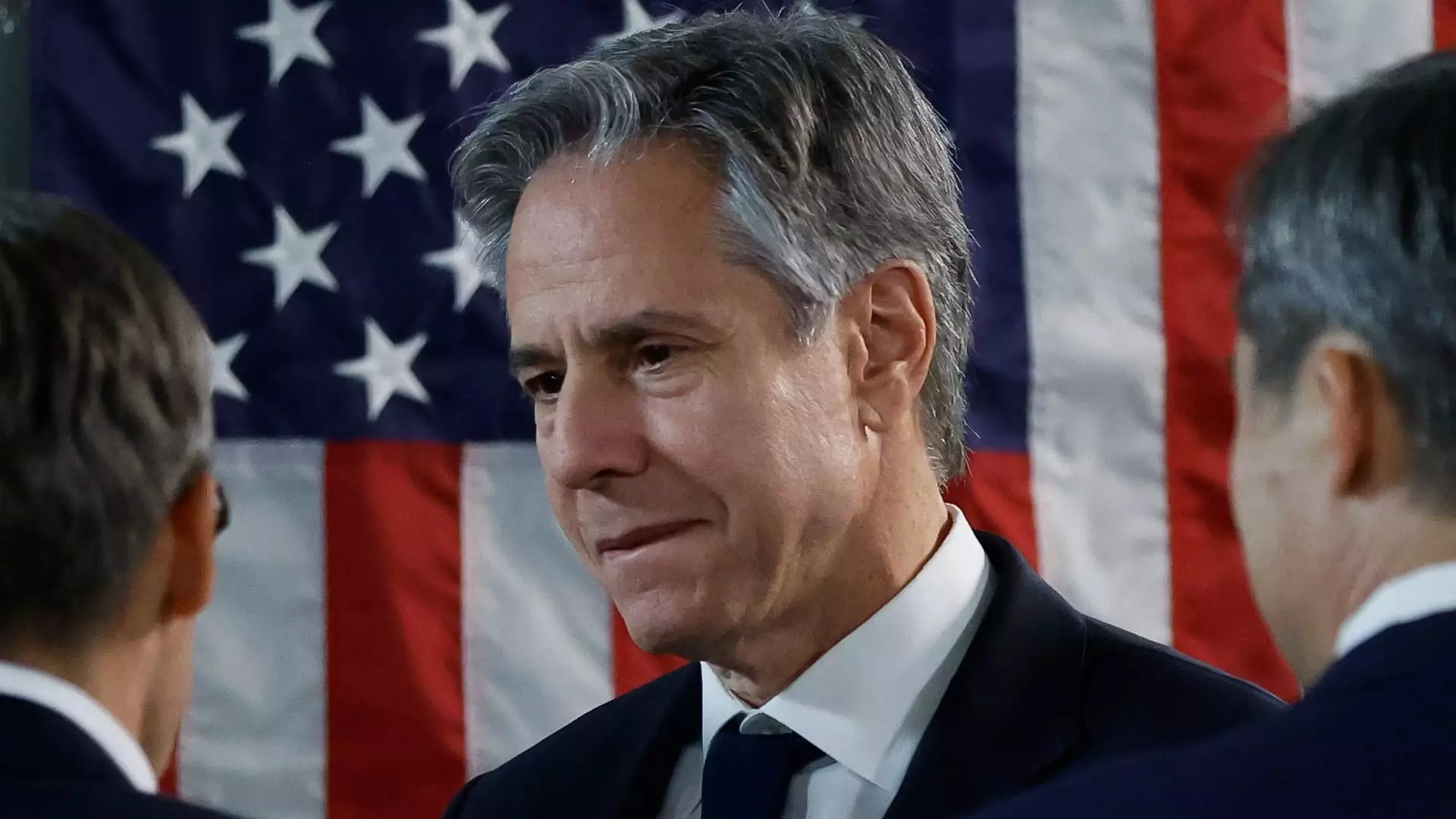As part of an increasing diplomatic effort to reach a ceasefire in Gaza and end the 10-month war between Israel and Hamas, U.S. Secretary of State Antony Blinken is scheduled to arrive in Israel on Sunday. This visit marks Blinken’s tenth trip to the region since the conflict began last October. The United States, along with mediators Qatar and Egypt, has put forward bridging proposals that they believe could close the existing gaps between the warring factions. While there is a sense of fresh optimism in Washington, officials are quick to note that there is still work to be done.
The recent assassination of Hamas leader Ismail Haniyeh in Tehran on July 31 has prompted concerns of a potential regional escalation, with Iran threatening retaliation against Israel. In response, the United States has issued warnings to Iran, cautioning against any retaliatory action. Amidst these tensions, foreign ministers from the United Kingdom, France, Germany, and Italy have voiced their support for ongoing ceasefire talks, urging all parties to refrain from any actions that could exacerbate the situation.
Challenges and Roadblocks in Ceasefire Talks
While there is hope for progress in ceasefire negotiations, obstacles remain. Israel’s negotiating team has expressed “cautious optimism” regarding the potential for advancing a deal. However, Hamas spokesperson Jihad Taha has accused Israeli Prime Minister Benjamin Netanyahu of introducing additional conditions in the talks, which he believes are impeding the process. This dynamic reflects the complex and delicate nature of the negotiations as both sides seek to secure their respective interests and demands.
Despite the efforts to secure a ceasefire, the conflict continues to take a devastating toll on the civilian population. A recent Israeli strike in the Gaza town of Zawayda resulted in the deaths of at least 17 Palestinians and left dozens wounded. The ongoing violence has led to widespread destruction in Gaza, with significant civilian casualties reported. The escalation of hostilities has further exacerbated the humanitarian crisis in the region, underscoring the urgent need for a cessation of violence and a lasting peace agreement.
The current conflict between Israel and Hamas is part of the larger, decades-old Israeli-Palestinian dispute. The violence that erupted in October last year has claimed the lives of thousands of Palestinians and Israelis, leaving a trail of destruction in its wake. The intensity of the fighting and the humanitarian implications of the conflict have drawn international attention and concern, highlighting the urgent need for a sustainable solution that addresses the root causes of the conflict and ensures the rights and security of all parties involved.

Leave a Reply